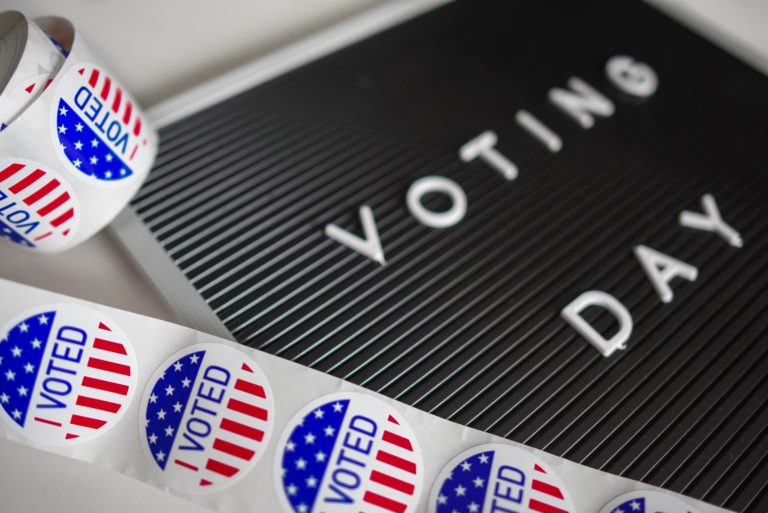Photograph: Pauli Murray, Florence Price Dwyer On July 2, 1964, President Lyndon Johnson signed the…
The History of the Violence Against Women Act – And Where It Stands Today

This week marks the 26th anniversary of the Violence Against Women Act (VAWA), which was first passed in 1994. The bill, signed into law by President Bill Clinton, created protections for victims of domestic abuse. It established the National Domestic Violence Hotline, the Office on Violence Against Women within the Department of Justice, and many training programs on gender-based violence. It has been reauthorized four times, giving more than $7 billion in federal grants to shelter, community programs, prevention training, and studies tracking violence.
The enactment of VAWA 1994 began in 1990, when then-Senator Joe Biden initiated the effort. Biden submitted a preliminary proposal to Congress to address the issue of violence against women, sparking a national discussion. He said, “The bill has three broad, but simple, goals: to make streets safer for women; to make homes safer for women; and to protect women’s civil rights.”
While addressing gender-based violence may seem like a bipartisan issue, the bill has faced serious debate. In 1990, the Senate only had two women (compared to 26 today), and women’s groups were slow to stand behind the proposal. Some critics said the penalties for rape were too strong, that domestic abuse was a “fad,” and that the provisions were too expansive and open-ended. Eventually, the bill gained support from congressional leaders who wanted to show they were tough on crime, and it was passed as part of the Violent Crime Control and Law Enforcement Act of 1994.
This landmark legislation has contributed to positive change today. Domestic violence rates have fallen, more victims are reporting to the police, and state and federal laws have been reformed to take violent crime against women more seriously. However, the VAWA expired in 2019. The House of Representatives approved a bipartisan bill to reauthorize the act in April 2019, but the bill is stalled in the Senate. Opposition to renewing the act has centered on gun control, as a new provision closes the “boyfriend loophole.” Now, it remains to be seen what the act’s future will be following the 2020 elections.







